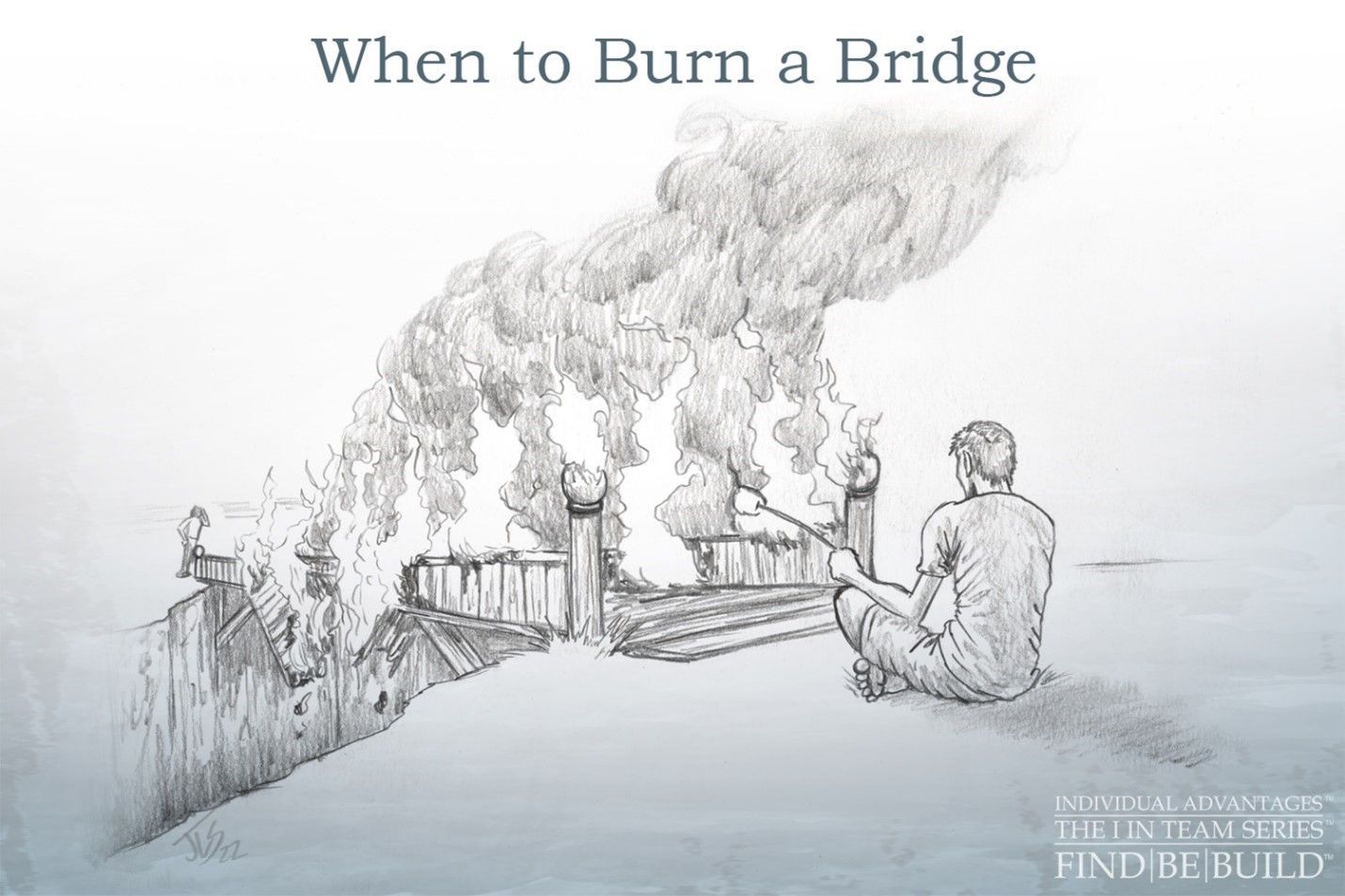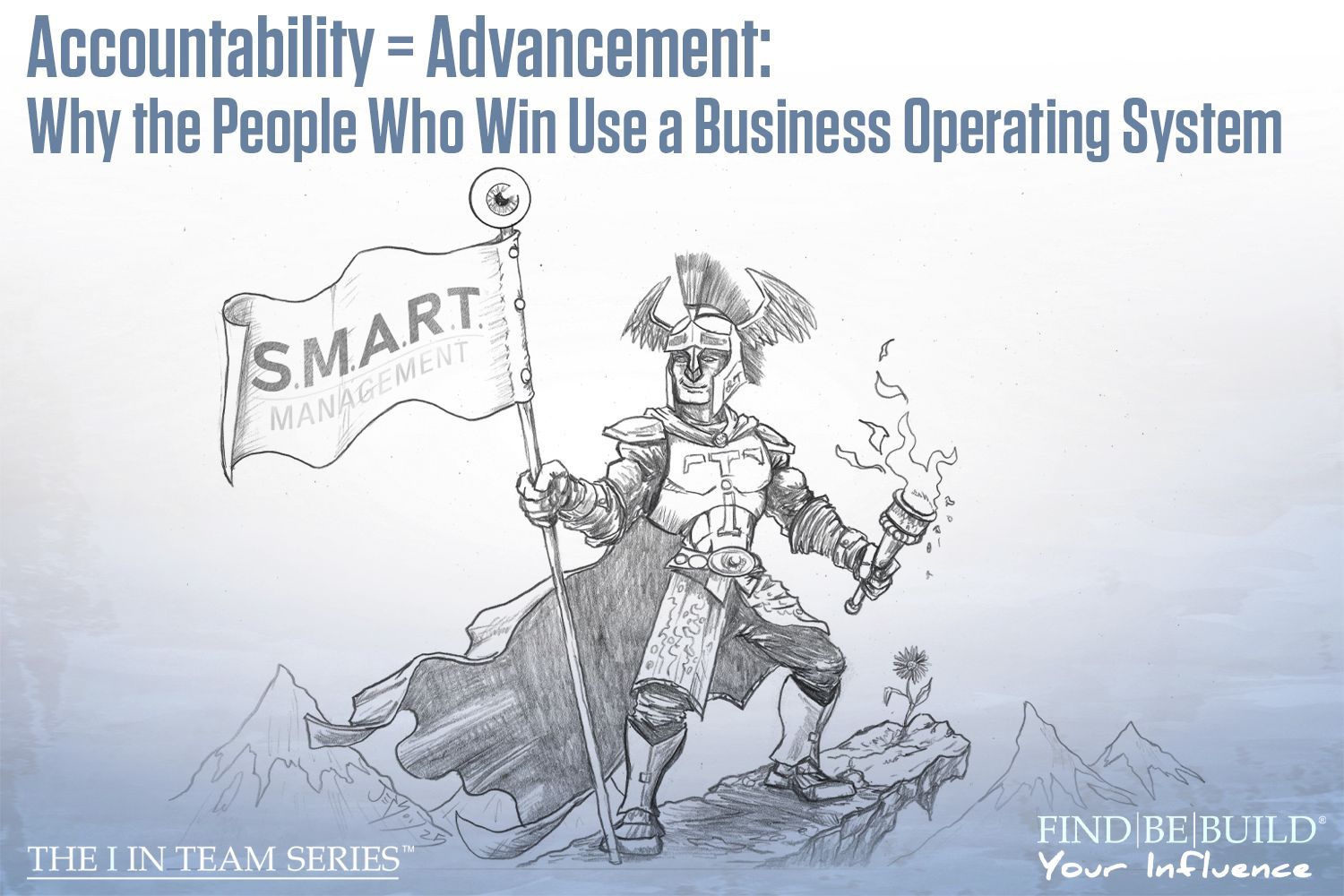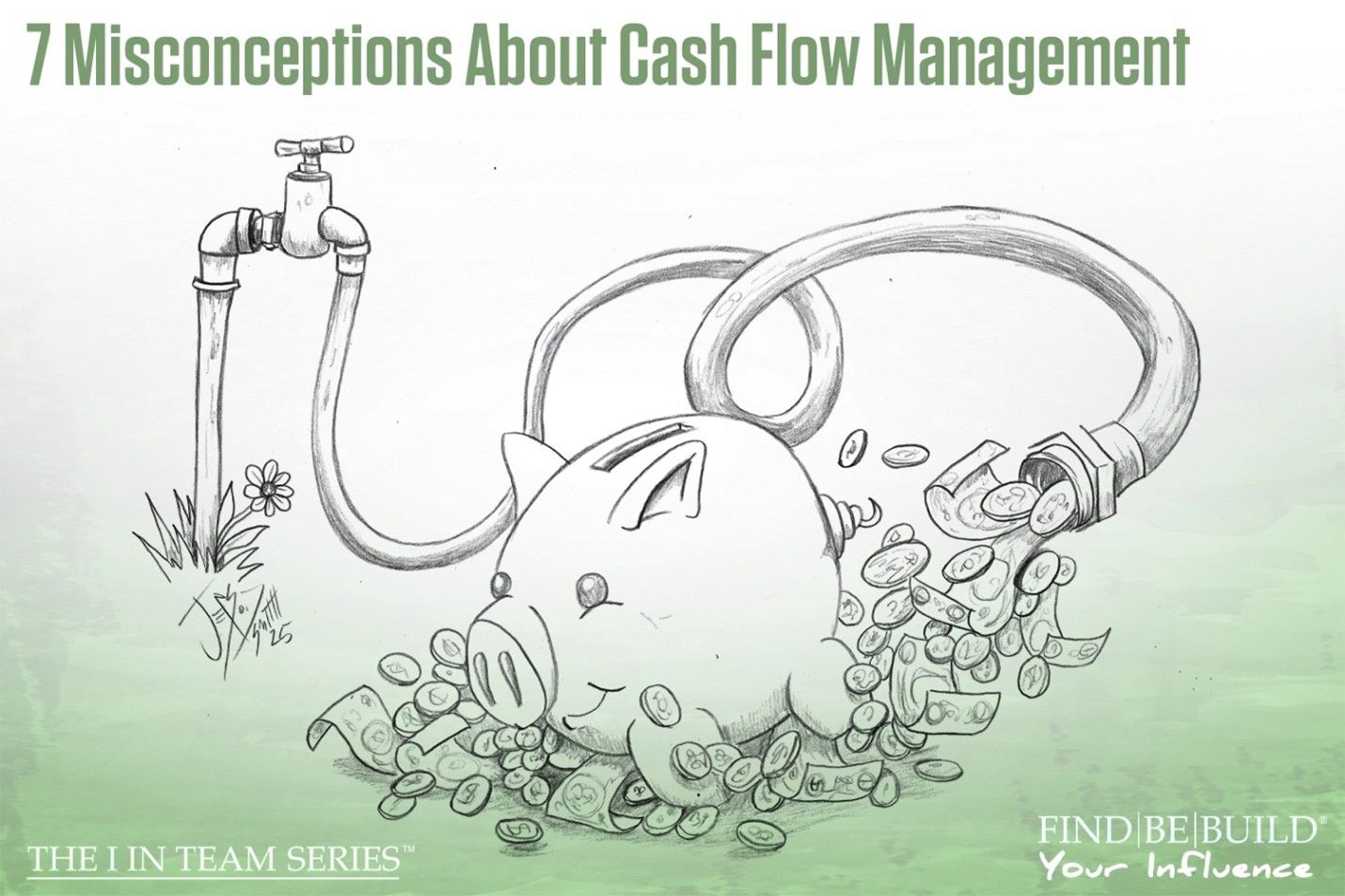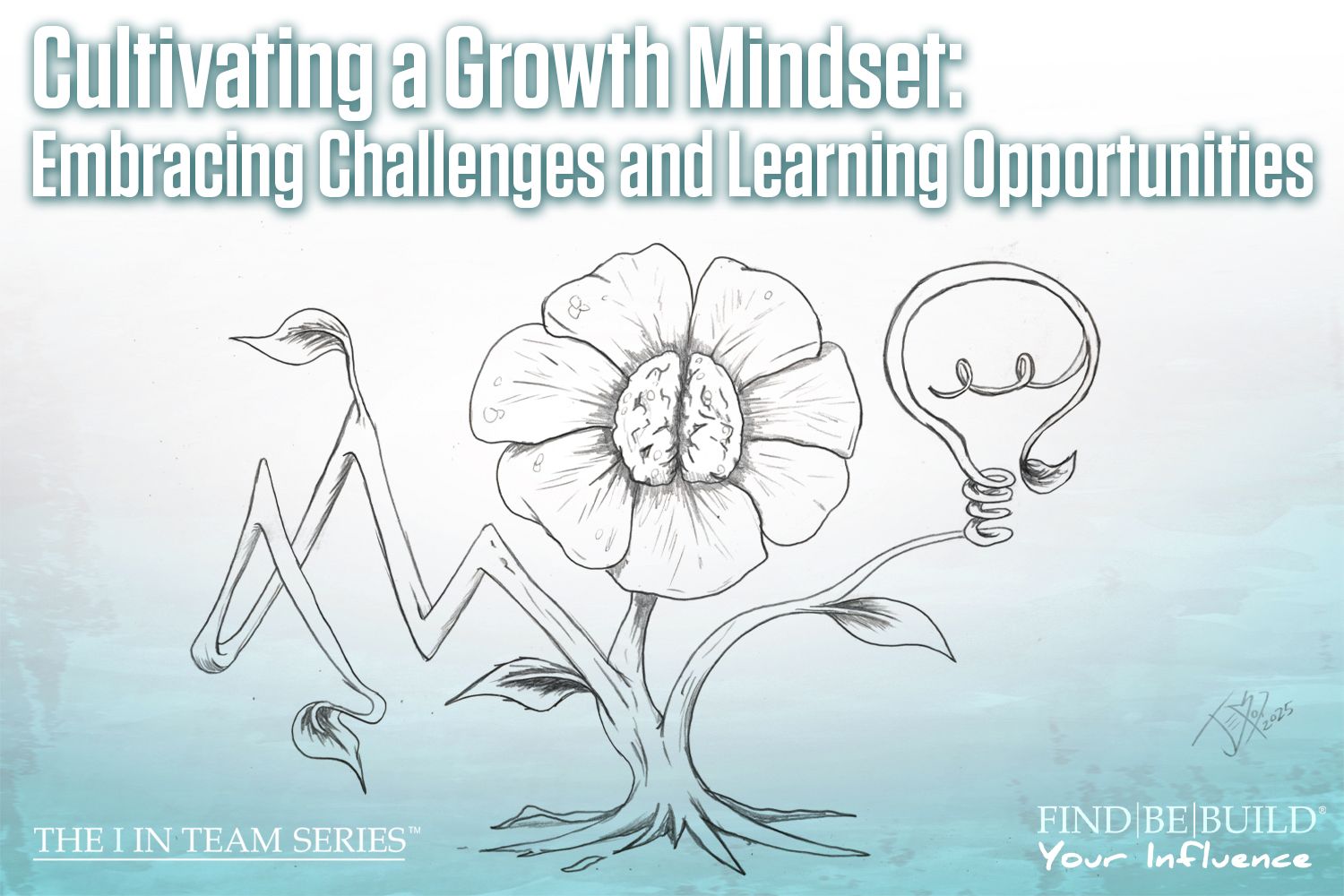When to Burn a Bridge

Business consulting strategies
Hi, team! It’s your friend, Mary, with The I in Team series where you can find, be, and build your positive influence. One of the topics we talk about in Be the I in Team is burning bridges, but even though we talk about it in our book, it feels harder to write an advice blog on the topic. I’ve read several other articles and even elicited the opinions of my team. To preface this writing, I will say that burning a bridge is extremely personal and the reasons for doing so are far more diverse than I will be able to mention. Please know that this blog will do its best to give a well-rounded view of when to burn a bridge (or when to let go). Your experience is unique, and my hope is that this blog will provide some guidance on your journey to discover whether or not it’s time to burn a bridge.
Slow Down
We talk about slowing down a lot at The I in Team series, typically because slowing down allows us to gain more control of our emotions and thoughts. When you’re considering whether or not it’s time to burn a bridge, the first step you need to take is to slow down. This can look different for everyone. For some, it may mean taking some space and time away from the person you are considering burning a bridge with. For others, it could just be a night of your favorite activities and showing yourself some love. The biggest thing to remember here is that slowing down means giving yourself time to process your emotions and get to a place where you can think logically.
Once you’ve slowed yourself down enough to think clearly, you can start asking yourself questions to determine if the issue you are experiencing with this person is because of you or them. I know this sounds counterintuitive, but there are times when you will experience issues with others that are not because of them. These are typically due to a fear of intimacy, so you may push others away before they can push you away. These feelings are valid and may be rooted in some trauma, but burning a bridge with someone because of your fears (rather than their behavior) can often deepen and exacerbate those fears and emotions. Regardless of what you discover while slowing down, the best second step after you’ve gained conscious thought is to communicate your perspective.
Communicate
Communicating how you feel to another person isn’t always easy, but it is necessary for your own growth and the growth of your relationship with that person. In most cases, it’s only fair you give this person a chance to change their behavior by being honest about your perspective. However, there are exceptions to every rule. For example, if you’re experiencing physical abuse. There are some times when even communication can’t help you and you need to move immediately to step three (which we will cover in a moment) which is putting yourself first. But, in most cases, communicating and being honest about your perspective of the relationship is the best second step.
Even if you are afraid of intimacy, you should be able to be honest about that. Whatever your reason is for setting some boundaries and having communication with this person, they should respect that. If they don’t, that might be a sign that it’s time to let them go. If you’re discussing an issue you have with how they treat you, you need to give them some time to adjust their behavior. Keep in mind that people will only change if they want to change, but you can’t force anyone to change. If you find that, even after communicating, someone isn’t changing how they treat you, it may be another sign that it’s time to walk away. You deserve to be respected and surrounded by people that give you positive energy more often than not. The life you are living is your experience, and, ultimately, you must always put yourself first.
Put Yourself First
For some, it’s easier said than done. Putting yourself first is the ultimate act of self-love and is necessary, even if it is difficult. Here are some things you might want to be on the lookout for in your relationships when you know it’s time to put yourself first and start letting that other person go (after you’ve tried communicating): they are constantly weighing you down with negativity or drama no matter how much energy and support you give them in hopes they will be content, they are an attention hog and show no interest in you, they lie or withhold information from you, they expect too much from you without giving anything in return, they gaslight or manipulate you, they don’t treat your other friends or family well, they don’t allow you to be yourself in front of them, or they try to hold you back. While this is not an exhaustive list, it’s a good starter list to get you thinking about who in your life doesn’t respect you enough to keep around. Letting someone go, or burning a bridge, is ultimately an act of self-love.
One question that came from my discussion with my team: Is it possible to let someone go without burning the bridge? The consensus was yes, that it is possible. Letting someone go is simply putting distance between yourself and that person. It could mean talking or seeing each other much less, or even not at all. Burning a bridge is ending the relationship forever for good, severing all ties to that person. Sometimes, all you need is some space from someone to slow down, cool down, and evaluate what kind of relationship you want going forward. In the end, you need to do what is best for you. Always put yourself first. If you don’t put yourself first, you can’t be your most positive influence. As we always say here at The I in Team series, your influence is your single greatest responsibility. Treat yourself well and influence responsibly












